It was agreed that the grapes be planted in Chateauneuf du Pape and some areas of Orange, Courthezon, Sorgues, and Bedarrides The grapes had to be exclusively handpicked Also, the vine had to be at least four years old be to seen fit for Chateauneuf du Pape's wine productionBoth red and white varieties are allowed in both red and white ChâteauneufduPape There are no restrictions as to the proportion of grape varieties to be used, and unlike the case with other appellations, the allowed grape varieties are not differentiated into principal varieties and accessory varieties But, the red and white grapes are vinified together There is no blending of red and white wines to make red ChâteauneufduPape This appellation receives the full brunt of the Mistral, a cold north wind The Mistral desiccates the grapes This is largely viewed as a positive as it concentrates sugars and flavor compounds

What S So Special About Chateauneuf Du Pape Coravin Blog
What is the grape in chateauneuf du pape
What is the grape in chateauneuf du pape-Syrah (known as Shiraz in the New World Adds depth of colour, spice, dark fruits and body); White ChâteauneufduPape (only 5% of production) is extremely varied in character It can be made from any or every one of those allowed white grapes Gigondas, northeast of ChâteauneufduPape, is considered ChâteauneufduPape's "little brother" Red and rosé wines are permitted, but no whites




The Great Chateauneuf Du Pape Wine Taste Off
Grape Collective examines the winemaking of ChâteauneufduPape The store will not work correctly in the case when cookies are disabled Buy Organic Wines From Family A Snapshot of ChâteauneufduPape;Red Wine 16, Domaine de la Janasse, "Tradition" ChateauneufduPape 16, 0,75 from Rhone France in Noble Wine Store and Cellar "Aromāts ir piesātināts ar plūmju, kazeņu, lakricas un dūmu notīm Garšā vīns ir tumīgs, pilnmiesīgs un koncentrēts Tanīni ir maigi, aktīvi Pēcgarša ir ļoti ilga " — Ronalds Pētersons, "Noble Wine" someljēLearn everything about Chateauneuf du Pape Wine with complete profiles on the all the best wines, vineyards and wineries With wine tasting notes, wine and food pairing tips, tips on the best restaurants in the region, images, details on the best wines, styles and characteristics of each estate in the Southern Rhone with histories on the top properties in the Chateauneuf du Pape
In fact, the allowed grape varieties in these wines are not differentiated by primary or supporting, so it's possible to produce ChâteauneufduPape from any of the 18 allowed varieties But most ChâteauneufduPape wines are dominated by Grenache White Grapes White wine production is one of every 16 bottlesThe ChâteauneufduPape appellation area, delimited in 1933, is located on the left bank of the Rhône, between Orange and Avignon It covers 3,0 hectares, in the communes of ChâteauneufduPape, Courthézon, Bédarrides, Orange and Sorgues Thanks to Baron le Roy and Senator Capus, ChâteauneufduPape benefited from the first AOC decree ChâteauneufduPape has long been known, in part, for the multitude of grapes that are allowed to be grown in the appellation, which number anywhere from 13 to 18 depending on how you count the color mutations of certain grapes (eg Grenache Gris vs Grenache Blanc, Clairette vs Clairette Rose)
Châteauneuf du Pape, between Orange and Avignon, Château de Beaucastel red is a 70hectare vineyard Terroir Château de Beaucastel is 110 hectares, with one single plot at the north of the appellation The terroir is archetypal of the best terroirs in Châteauneuf rolled pebbles on the surface, sand, clay and limestone deeper down" The 09 Château de Beaucastel ChâteauneufduPape had just been bottled at the time of the tasting but you wouldn‟t know it by tasting it A blend of 30% Mourvèdre, 30% Grenache, 10% Syrah, 10% Counoise, and % assorted varieties, the wine delivers a superb aromatic display of kirsch and black cherrylike fruits to go with a solid doseAll the wines are bottled on the special bottles of flax These bottles may only be used by winegrowers in ChateauneufduPape, who tap their wines on the property ChateauneufduPape Rouge has a deep crimson color and an aroma of mature dark berries and spices The taste is soft and persistent with good filling "



10 Best Chateauneuf Du Pape Wines To Buy Now Surprising Facts About Chateauneuf Du Pape Natalie Maclean
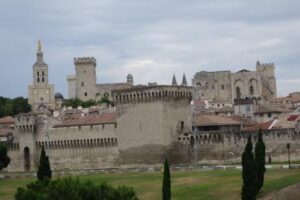



All About Chateauneuf Du Pape Guide Best Wine Character Style History
The area's white wines are also becoming increasingly popular yet only one of every 16 bottles produced in ChâteauneufduPape is a white wine The allowed white grape varieties are Clairette, Grenache Blanc, Bourboulenc, Roussanne, Picpoul and Picardan We have featured both red and white ChâteauneufduPape wines in our International Wine Before WW1, much of the ChâteauneufduPape harvest was sold in bulk to Burgundy Along with other Southern Rhone areas, wine was sold as "Vins de Medecine" to add pigment, tannin, a boost of alcohol, and ripe fruit to the wines of Burgundy Yields in ChâteauneufduPape are amongst the highest in FranceSimilar to many wines, ChateauneufduPape is rich in flavor and aromas associated with baked raspberry, garrigue, black cherry, olives, lavender, and baking spice All of this complexity is expressed by blending various permitted grapes in the production (both red and white) like Grenache, Syrah, and Mourvèdre included




First Taste Guide To Chateauneuf Du Pape Opening A Bottle
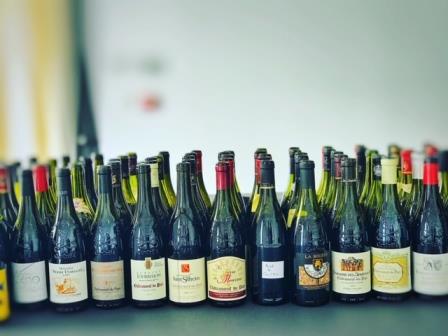



Top 0 Wines From 17 Chateauneuf Du Pape With A Full Vintage Report
A Snapshot of ChâteauneufduPape Ethan Millspaugh In 1936, when the rules of the appellation Châteauneuf du Pape were decided, ten varieties became allowed Later, three more (Picardan, Roussanne and Terret Noir) were added Most winemakers cultivate around four grape varieties in their vineyards but there is one who produces all thirteen grapes Château de BeaucastelThe wines of the southern Rhône are France's most alcoholic, with 1415% by no means uncommon for its most famous appellation, ChâteauneufduPape (and no chaptalisation, or extra alcohol from added sugar, is allowed this far south)Perhaps it is the alcohol that makes these southern Rhône reds so easy to appreciate




Chateau Sixtine Chateauneuf Du Pape Haskell S




Drink With Gerard Richardson Discovering The 18 Grape Symphony Of Chateauneuf Du Pape Heraldscotland
According to law, eighteen grape varieties are allowed in ChâteauneufduPape and most wines are blends of some mix of these For reds, Grenache is the star player with Mourvedre and Syrah coming typically second Others used include Cinsault, Counoise and occasionally Muscardin, Vaccarèse, Picquepoul Noir and Terret Noir While it's permitted for ChâteauneufduPape producers to use 18 different grapes in the blend, it's a common misconception that they actually do VinePairAnd Mourvèdre (adds structure, tannin and finish)




French Tole Grape Basket From The Chateauneuf Du Pape Chairish




White Chateauneuf Du Pape 11 Wines To Try Exotic Wine Travel
In 1923 ChâteauneufduPape was a leader in establishing the idea that AOC wines in France should be made only with specified grapes, and the appellation allowed 13 grape varieties to be used Since then the rules have been slightly modified to include several more allowable grapes Fifteen different grape varieties are allowed by law to be blended into ChateauneufduPape wines, but 75 percent of the grapes grown in the region are grenache Most wines made there are a blend of grenache, mourvedre and syrahChâteauneuf du Pape is clearly the most famous of the AOC's of the Rhône Valley It is governed by France's wine laws For example, only 15 different grape varieties are allowed to be planted and all growers must harvest their fruit by hand




Seek Out Chateauneuf Du Pape Wine Wine Folly



Chateauneuf Du Pape La Janasse
Grape Varieties of ChâteauneufduPape The Three Musketeers of the GSM Blend Mirroring the complexity of soil types in ChâteauneufduPape is the wide array of grape varietals planted in the appellation Thirteen grape varietals are allowed in the blend of ChâteauneufduPape wines, not including the many different colour variants of theseQUESTION 15 How many grapes allowed to be planted in Chateauneuf du Pape?A total of 23 principal and secondary varieties are allowed in southern Rhone Thirteen of those are allowed in Chateauneuf, including grenache, syrah, mourvedre, cinsaut, muscardin, counoise, vaccarese, terret noir for reds and grenache blanc, clairette, bourboulenc, roussanne, picpoul, picardan for whites




An Overview Of The Chateauneuf Du Pape Appellation And Its Wines Flora S Table




Chateau Rayas Chateauneuf Du Pape Reserve 09 Grapes The Wine Company
Châteauneufdupape Grape Hods Read online for free Grape 'hods', or 'hotte' as they are called in France, were originally an integral part of the grape harvest at a vineyard Worn on the back to collect bunches of grapes, they are made from galavanised metal and feature leather straps TraditionallyChâteauneufduPape – named for the castle built by Pope John XXII during his 14thcentury residence in Avignon – is one of the most acclaimed wines of FranceProduced in this small appellation in the Sôuthern Rhone, it is rich and fullbodied, most often made from the traditional red blend (Grenache, Syrah and Mourvèdre) and occasionally as a white blend There are thirteen grapes allowed in the blend – Grenache, Syrah and Mourvedre are the most commonly seen But winemakers are also allowed to use Picpoul, Terret Noir, Counoise, Muscardin, Vaccarese, Picardan, Cinsault, Clairette, Roussanne and Bourboulenc




Chateauneuf Du Pape Wine Varietals Gold Medal Wine Club
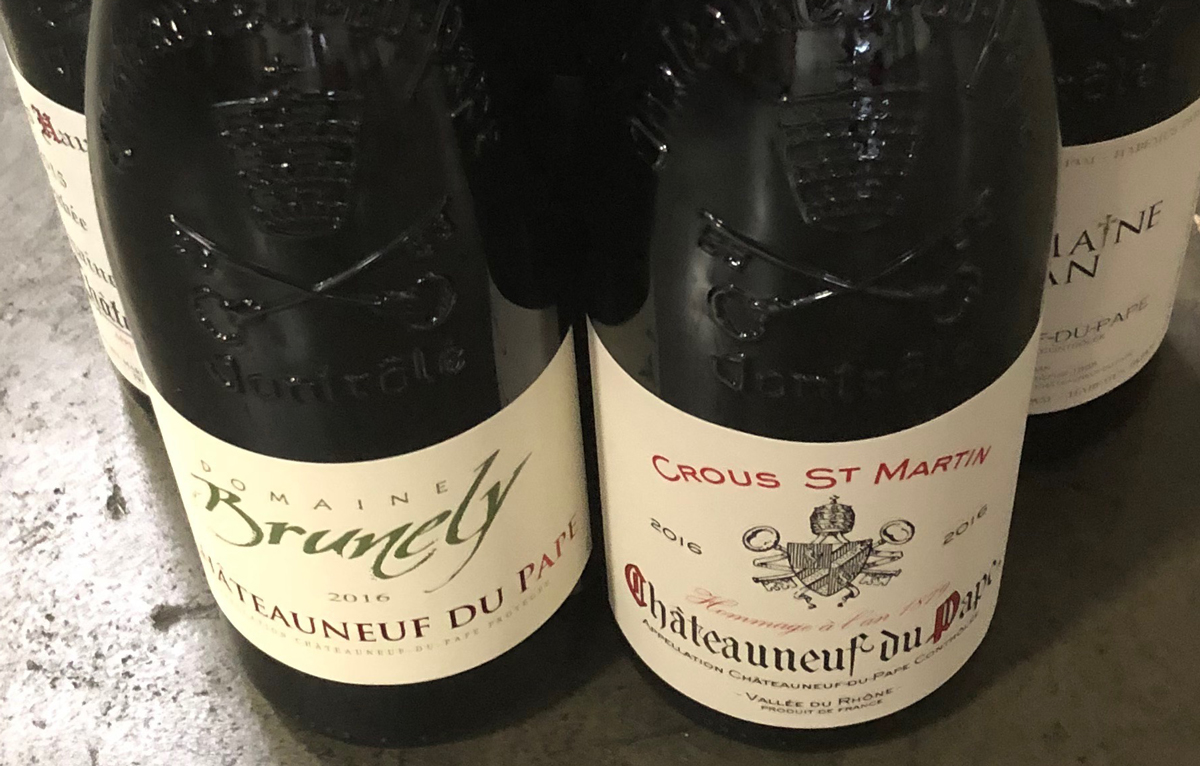



Chateauneuf Du Pape Prices And Why They About To Blast Upwards Grape
The Domaine is located in ChâteauneufduPape, one of the sunniest and warmest part of the appellation Their plots are located on the localities of Gallimardes, Crouscroute, Petites Serres and Grand Coulet All of which have very good soil for the proper development of the vines Of the 13 grape varieties ben cultivated in the appellationChateau Rayas is the most obvious deviation with very sandy soil According to law, eighteen grape varieties are allowed in ChâteauneufduPape and most wines are blends of some mix of these For reds, Grenache is the star player with Mourvedre and Syrah coming typically secondSign Up Chateauneuf du Pape 18 grapes Wine Simple QUESTION 15 How many grapes allowed to be planted in




Chateauneuf Du Pape Aoc Wikipedia



1
Clairette, Grenache Blanc, Bourboulenc, Roussanne, Picpoul and Picardan are the allowed varieties for white Chateauneuf du Pape They cover nearly 7% of the fields and the white wines are 67% of the production Some of these grapes are used for the red wines‐‐ ANSWER 18 grapes Jump to Sections of this page Facebook Email or Phone Password Forgot account?The vineyards of Domaine du Vieux Lazaret are spread over 90 hectares, split into 35 different parcels of vines throughout ChâteauneufduPape It is today amongst the largest domains in ChâteauneufduPape, with 80 hectares planted in red grape varieties and 10 planted with white grapes




What S So Special About Chateauneuf Du Pape Coravin Blog




Chateauneuf Du Pape Blanc Tradition Domaine La Boutiniere Taub Family Selections
Domaine du Pégau 16 ChâteauneufduPape Cuvée Réservée WHY WE LOVE IT The Cuvée Réservée is Pégau's flagship wine and one of the most consistently brilliant bottlings in ChâteauneufduPape The name recalls the early days, referring to the wine reserved for the family (most was sold in bulk)/ Domaine du Pégau's What makes ChâteauneufduPape unique is that there are thirteen grape varieties allowed to be blended into the wine, unlike most regions, where only one grape is allowed Grenache is the main grape in the southern Rhone, and the backbone of ChâteauneufduPapeDomaine du Pegau Vineyards, Wines, Winemaking Domaine du Pegau owns 21 hectares of vines in Chateauneuf du Pape 195 hectares are used for red wine grapes 15 hectares of vines are reserved for growing white wine grapes
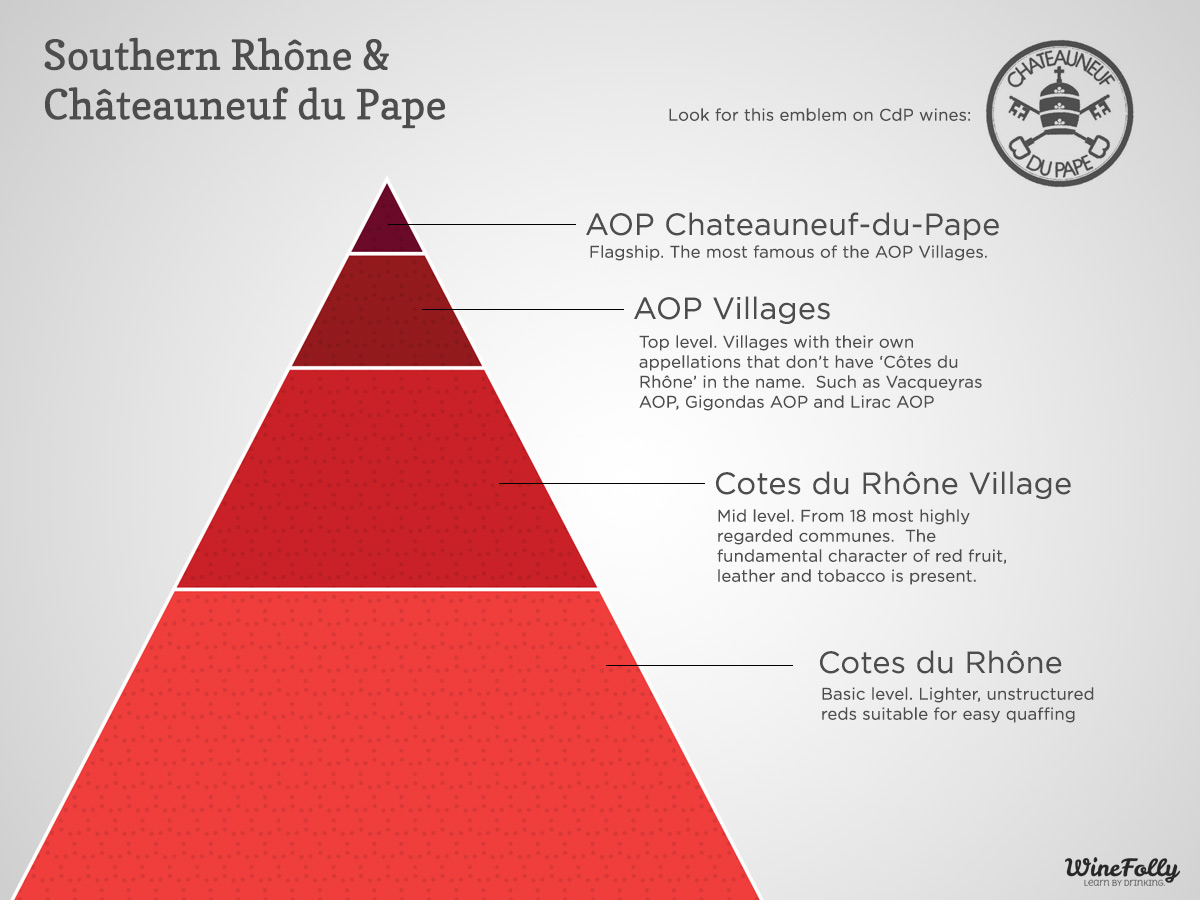



Seek Out Chateauneuf Du Pape Wine Wine Folly



The 18 Grapes Of Chateauneuf Du Pape Red Blend Wine Social Vignerons
The best Chateauneuf du Pape wines include Chateau de Beaucastel ChateauneufduPape Chateau Rayas Chateauneuf Reserve Clos des Papes ChateauneufduPape Domaine du Pegau Cuvee Reservee Domaine du Vieux Telegraphe 'La Crau' Chateau de Beaucastel Grande Cuvee Hommage a Jacques Perrin Henri Eighteen grape varieties are allowed to be used in ChâteauneufduPape, but the most common combination is a blend of Grenache (provides sweetness and lightness); Everyone thinks there are 13 grape varieties allowed for the production of ChateauneufduPape Rhone red in fact, since 09, there are Listen to the Make sure to pronounce Chateauneuf du Pape correctly ChâteauneufduPape is famous for



Wine Chateauneuf Du Pape Red Domaine De Beaurenard
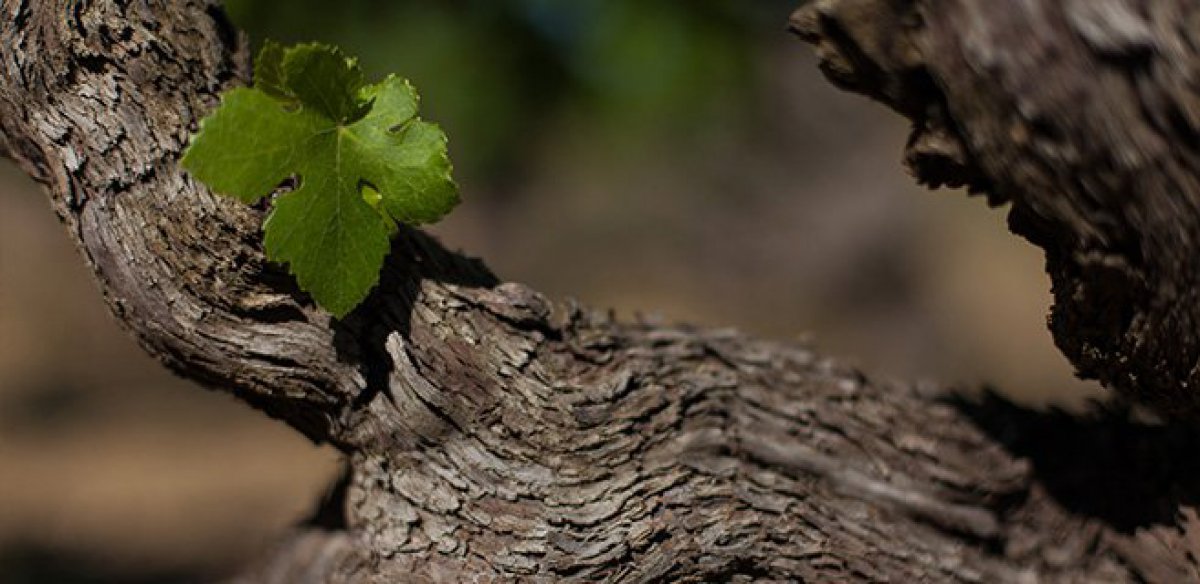



Chateauneuf Du Pape Domaine Les Cailloux Andre Brunel Thirteen Grapes Grenache Syrah
Unlike its northern Rhône neighbours, ChâteauneufduPape AOC permits thirteen different varieties of grape in red wine but the blend must be predominantly grenache In 10 there were 3 producers The total annual production is around 100,000 hectolitres (equivalent to 13 million bottles of 075 litre) of which 95% is redThe thirteen grape varieties When ChâteauneufduPape became the first French appellation contrôlée wine in 1936, 13 different grape varieties were authorized each contributing its characteristics to color, structure, fragrance, freshness and longevity The permitted red and white grape varities are Grenache, Syrah, Mourvèdre, Cinsault, Clairette, vaccarèse, Bourboulenc,Start studying France Learn vocabulary, terms, and more with flashcards, games, and other study tools



Chateauneuf Du Pape Part 2 Wineark




Chateauneuf Du Pape Wine Region
Situation ChâteauneufduPape, between Orange and Avignon, Château de Beaucastel red is a 70hectare vineyard Terroir Château de Beaucastel is 70 hectares, in one single plot at the north of the appellation The terroir is archetypal of the best terroirs in Châteuneuf rolled pebbles on the surface, sand, clay and limestone deeper downThe Veraison Feast Veraison is when the grapes begin to change color, thereby revealing their degree of ripeness It is also the name given to the large celebration organized the first weekend of August since 1985 in ChâteauneufduPape Over two days, thousands of tourists have the opportunity to buy crafts, attend various performances and The first property titles in ChâteauneufduPape date back to 1733 and were said to be planted to cherries, olives, and grapes Even though the family produced grapes for generations, Domaine du Pegau did not exist until 1987, when Laurence Féraud approached her father about making a winery
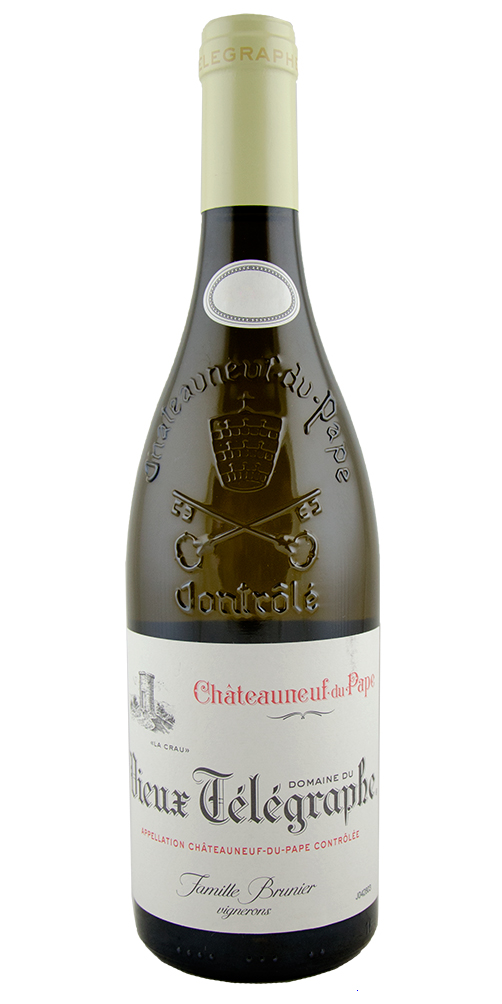



Chateauneuf Du Pape Blanc La Crau Vieux Telegraphe Astor Wines Spirits




First Taste Guide To Chateauneuf Du Pape Opening A Bottle
Thirteen grape varietals are allowed in the blend of ChateauneufduPape wines, not including the many different color variants of these grapes Grenache , for example, has four variants Grenache noir , rose , gris and blanc (black, rose, grey and white)Most ChâteauneufduPape wines are predominantly red blends, with a small percentage of whites Officially eighteen grape varieties are allowed, including different colors of the same grape variety However, the most common are Grenache, Mourvèdre, Syrah, and Cinsault grapesEveryone thinks there are 13 grape varieties allowed for the production of ChateauneufduPape Rhone red wines in fact, since 09, there are 18 Listen to




Chateauneuf Du Pape By Domaine Du Banneret




The Grapes Of Chateauneuf Du Pape




The Terroirs Of Chateauneuf Du Pape Cotes Du Rhone And Villages




Chateauneuf Du Pape A Must Have For Every Wine Cellar




Expert S Choice White Chateauneuf Du Pape Decanter
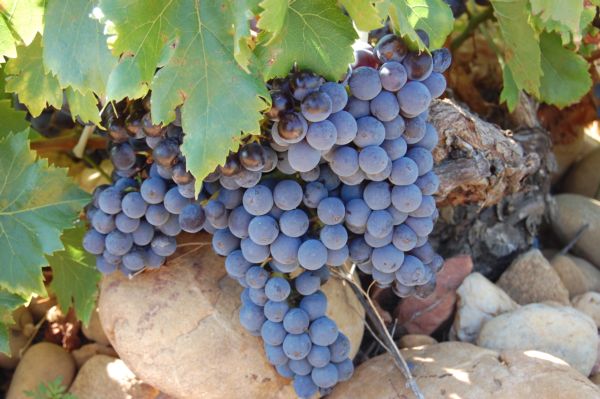



What You Should Know About Chateauneuf Du Pape Jj Buckley Fine Wines
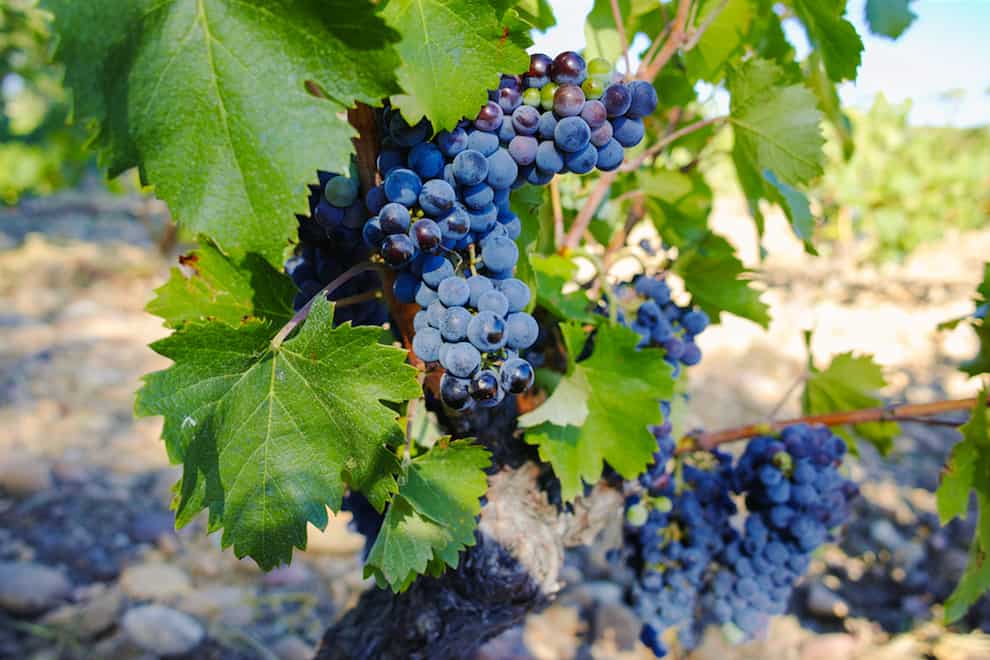



Discover France S Chateauneuf Du Pape Wine Region Winetraveler




Chateauneuf Du Pape Red And White Wine Pierre Amadieu
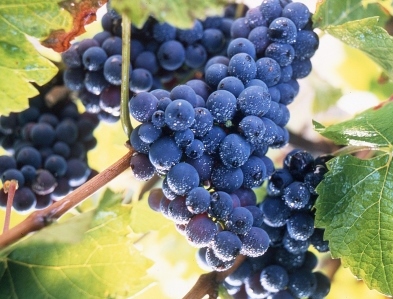



Domaine Patrice Magni Chateauneuf Du Pape Rhone Wine



1




Visit To Chateauneuf Du Pape Hiking And Cooking In The South Of France




Intro A Friend To French Wine 1 Chateauneuf Du Pape And Comforting Cassoulet Winophiles Wine Predator Gwendolyn Alley



Chateauneuf Du Pape A Must Have For Every Wine Cellar
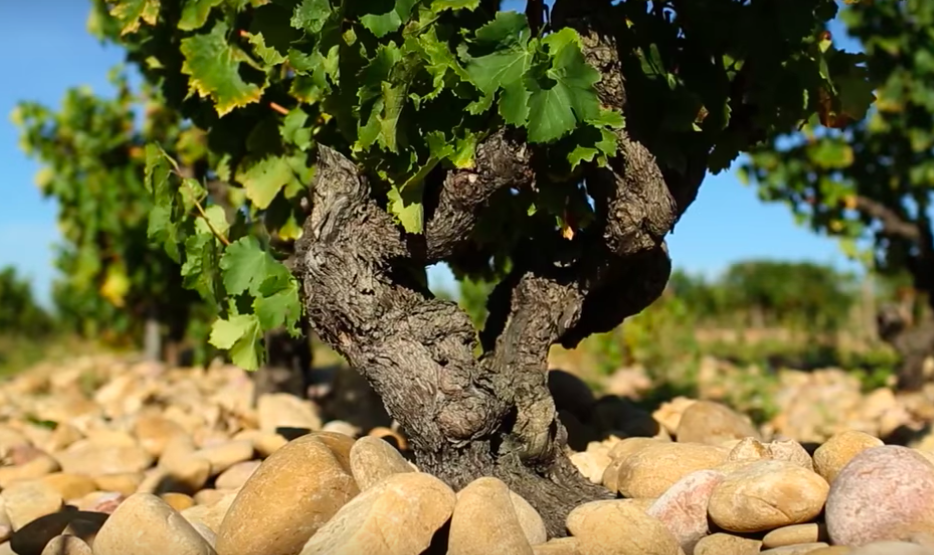



Chateauneuf Du Pape Go Wine




Chapoutier La Bernardine Chateauneuf Du Pape Rouge Vintage Elkhart Lake




Aldi Launches 13 Variety Du Pape Wine Brand The Drinks Business




The Great Chateauneuf Du Pape Wine Taste Off
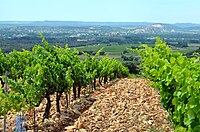



Chateauneuf Du Pape Aoc Wikipedia



Ttb Approves 4 More Chateauneuf Du Pape Varieties In Usa San Francisco Wine School



Tablas Creek Vineyard Blog Tablas Creek 101 Why And How We Use So Many Grapes




Rhone Valley Wine Tour And Tastings From Avignon Small Group 21




Chateauneuf Du Pape Other Regions Appellation Thienpont Wine




A Whole Lotta Lavau Boutinot




Orange Chateauneuf Du Pape Day Trip From Avignon
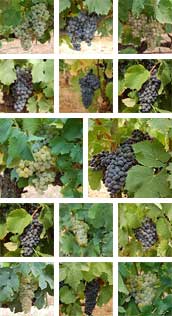



The Thirteen Grape Varieties Aoc Chateauneuf Du Pape
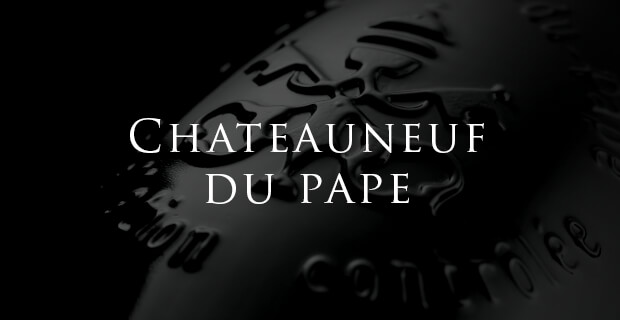



Chateauneuf Du Pape Wines Buy Chateauneuf Du Pape Wine Online Millesima




Andre Brunel Chateauneuf Du Pape Rouge Folio Fine Wine Partners




The 18 Grapes Of Chateauneuf Du Pape Red Blend Wine Social Vignerons



1




The Fermented Grape The Wine Of Popes And Et Adventure In Wine Wset Classes And Zoom Wine Chats For Beginners And Beyond




Chateauneuf Du Pape Clos De Caillou 18 Buy French Wine Online
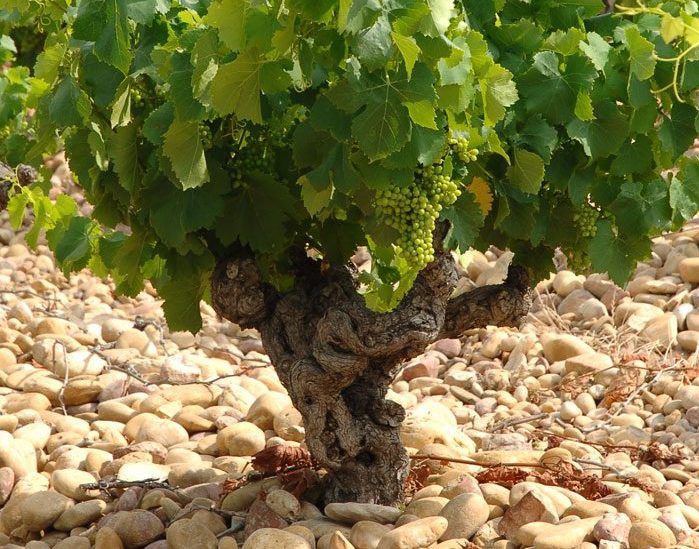



Chateau De Nalys Blanc Chateauneuf Du Pape Grand Vin 17 Vintus




The Great Chateauneuf Du Pape Wine Taste Off




Aoc Rules
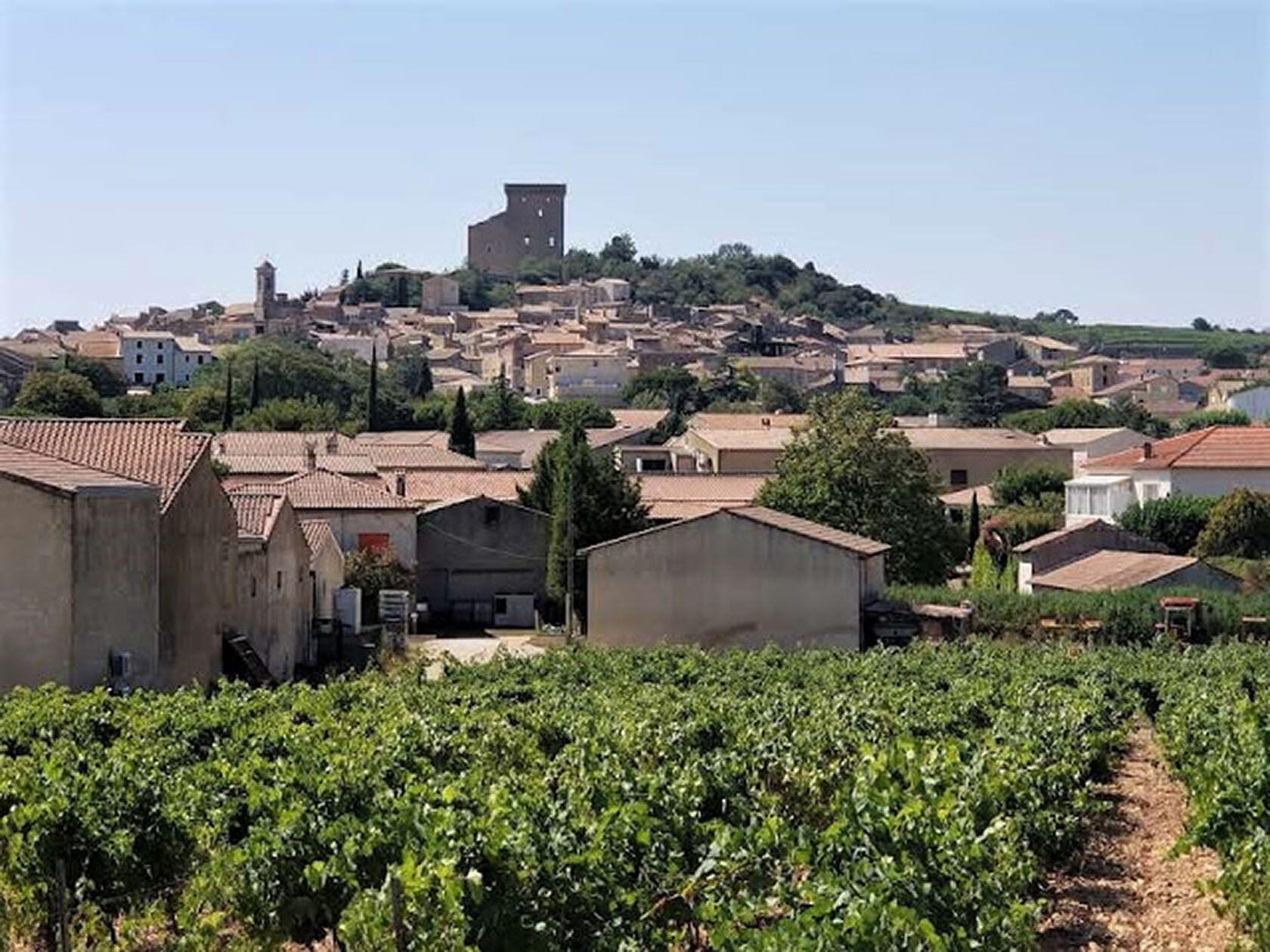



Chateauneuf Du Pape Wine At Domaine De La Charbonniere Perfectly Provence
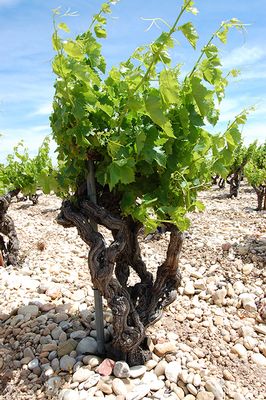



What You Should Know About Chateauneuf Du Pape Jj Buckley Fine Wines




Chateauneuf Du Pape The Regal From Rhone The Working Mom




Fine Wine For Christmas Chateauneuf Du Pape Decanter
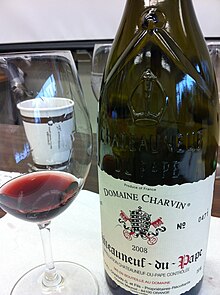



Chateauneuf Du Pape Aoc Wikipedia




Chateauneuf Du Pape The 5 Minute Guide To A Legendary Wine
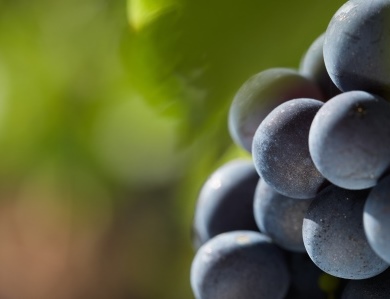



Learn About Domaine Benedetti Chateauneuf Du Pape Complete Guide




Visit To Chateauneuf Du Pape Hiking And Cooking In The South Of France
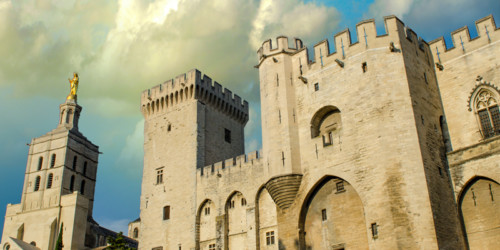



There Aren T Really 18 Different Grapes In Chateauneuf Du Pape Vinepair



Rhone 18 Chateauneuf Cuvees Speciales Jancisrobinson Com




Chateauneuf Du Pape 16 A Fabulous Vintage




Chateauneuf Du Pape Red And White Wine Pierre Amadieu




Domaine La Barroche Chateauneuf Du Pape Signature 13




Aldi Launches Budget Version Of Rare Wine That Features 13 Types Of Grape Mirror Online




The Best Chateauneuf Du Pape Vintages For Cellaring And Investing Vinfolio Blog
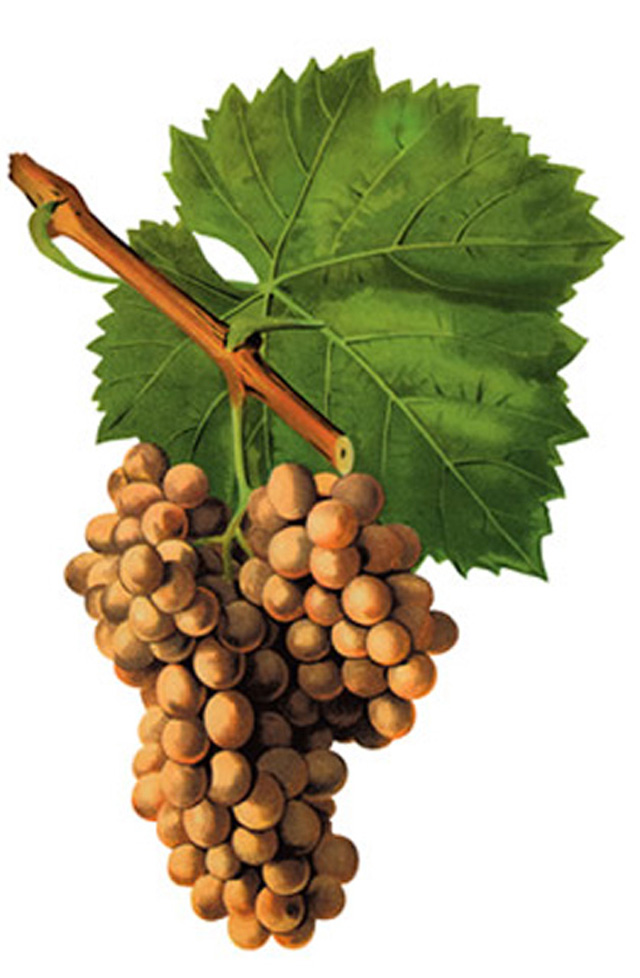



Chateauneuf Du Pape The White Grape Varieties European Cellars
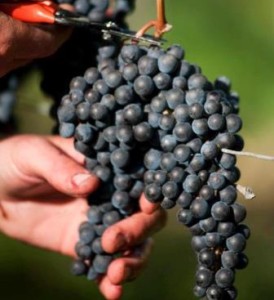



Learn About Rhone Valley Wines Complete Guide To Best Wines Vineyards
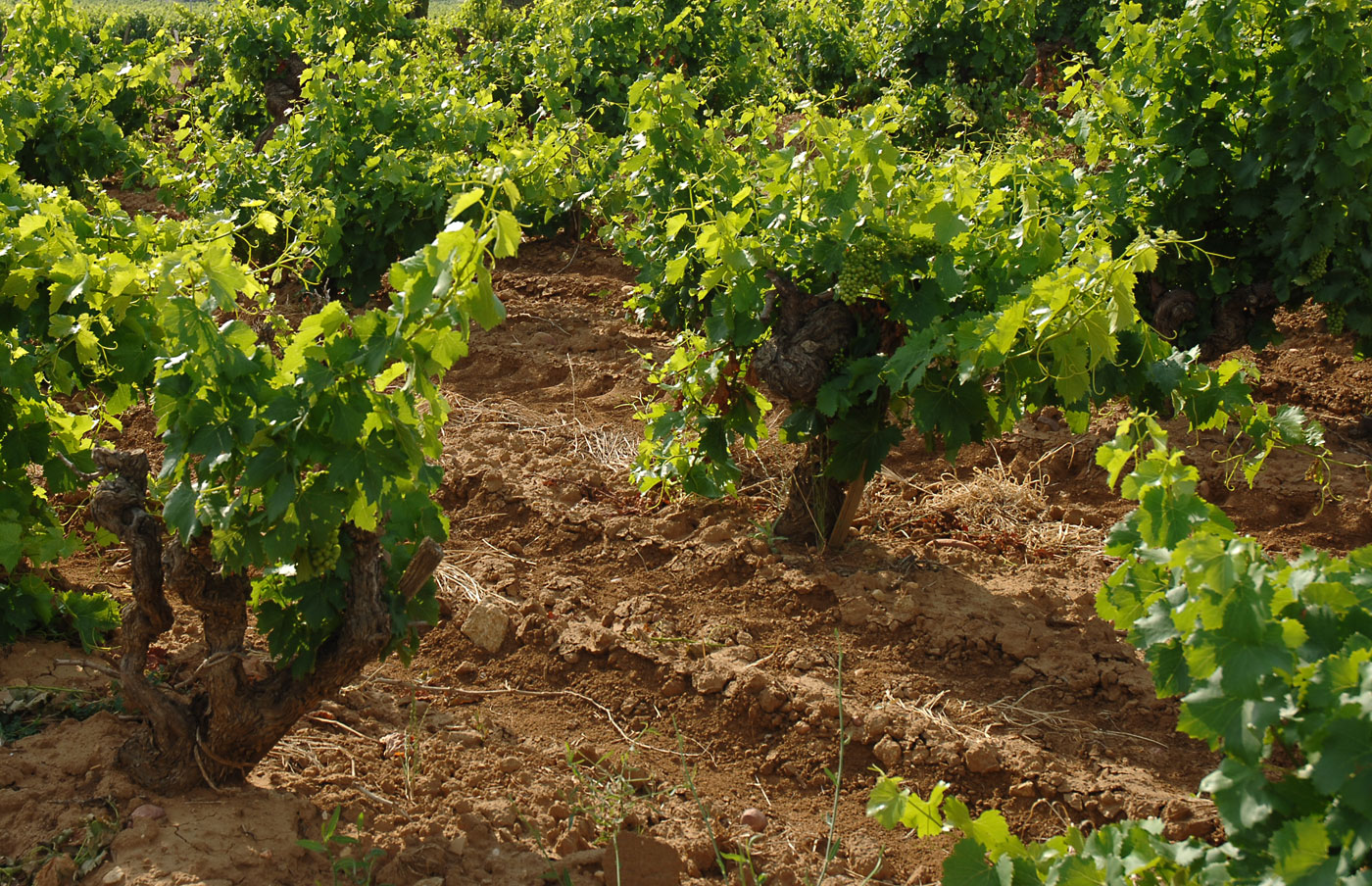



E Guigal Chateauneuf Du Pape 16 Vintus




Five Chateauneuf Du Pape Alternatives To Try Decanter
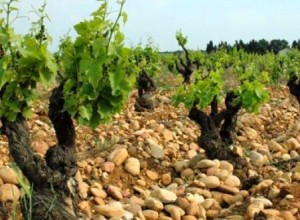



Learn About Southern Rhone Best Wines Wineries Vineyards Appellations



Closely Guarded White Chateauneuf Du Pape Aoc Hourlier Wines
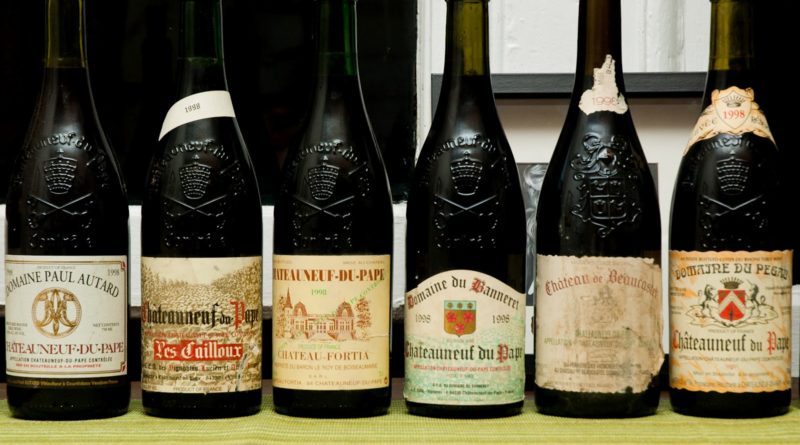



Wine Regions Of France Chateauneuf Du Pape Buywine Com




19 Kirkland Signature Chateauneuf Du Pape Costcowineblog Com




Chateau De Beaucastel Wikipedia




Chateau De Nalys Blanc Chateauneuf Du Pape Grand Vin 17 Vintus




Andre Brunel Domaine Les Cailloux Chateauneuf Du Pape Blanc Folio Fine Wine Partners




Wine On The Rocks Wine Enthusiast
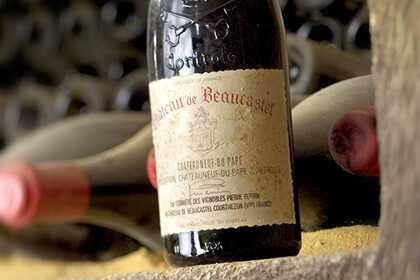



Chateauneuf Du Pape Wines Buy Chateauneuf Du Pape Wine Online Millesima




White Chateauneuf Du Pape 11 Wines To Try Exotic Wine Travel




Chateauneuf Du Pape Aoc Wikipedia



The 18 Grapes Of Chateauneuf Du Pape Red Blend Wine Social Vignerons




The Grapes Of Chateauneuf Du Pape



1




Domaine Des Senechaux Chateauneuf Du Pape Blanc 10 The Sommomlier
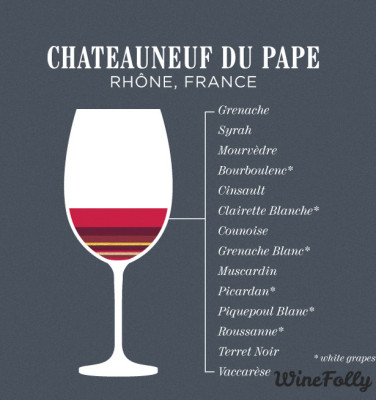



Seek Out Chateauneuf Du Pape Wine Wine Folly




Guide To Chateauneuf Du Pape Region And The Wines Wine Folly




Vintage 1930 S French Grape Picker S Hod Bucket Chateauneuf Du Pape




The 18 Grapes Of Chateauneuf Du Pape Red Blend Wine Social Vignerons
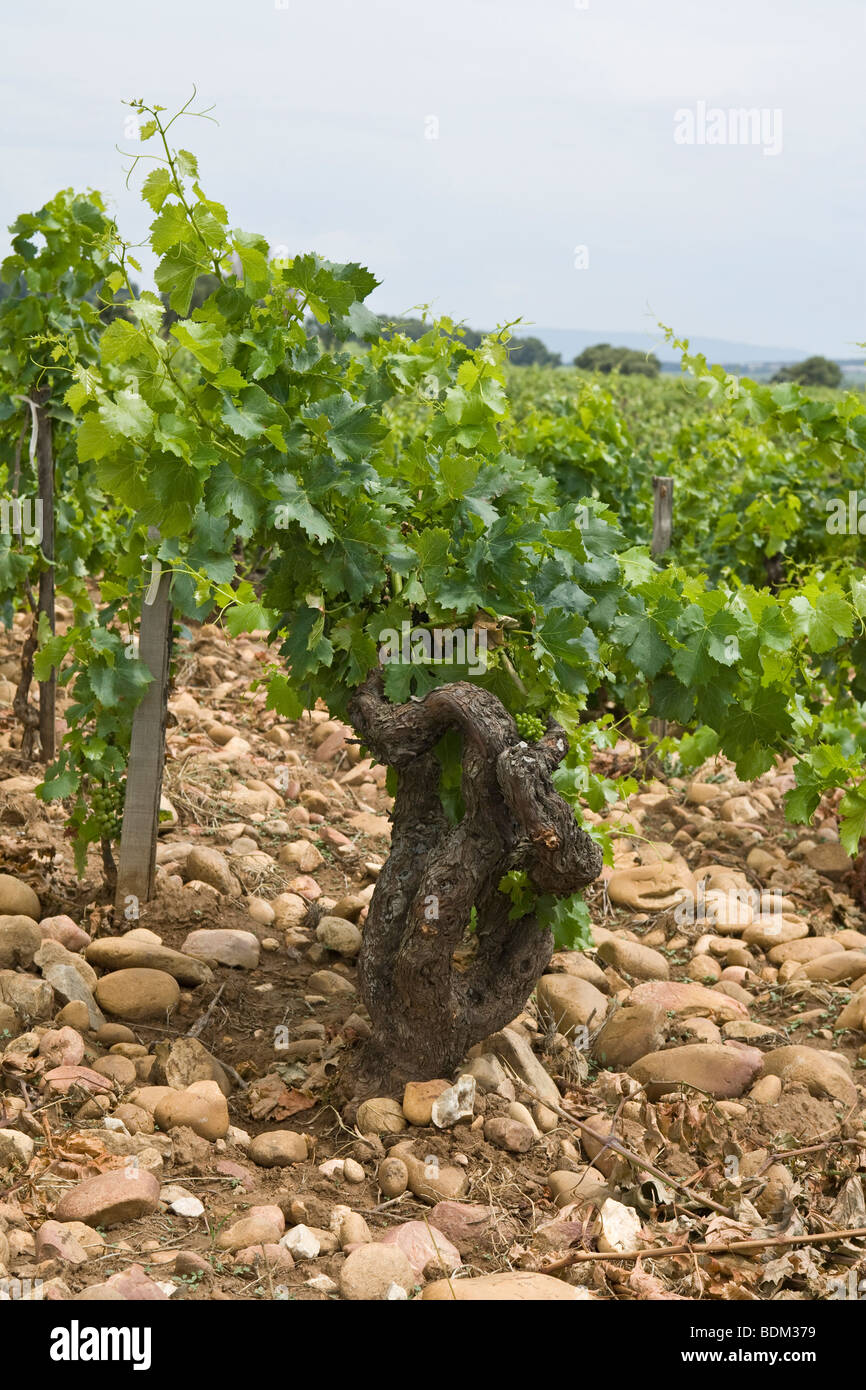



30 Year Old Grape Vines At A Vineyard In Chateauneuf Du Pape France Showing The Stoney Soil That These Grapes Grow On Stock Photo Alamy




The 18 Grapes Of Chateauneuf Du Pape Red Blend Wine Social Vignerons




Guide To Chateauneuf Du Pape Region And The Wines Wine Folly




Seek Out Chateauneuf Du Pape Wine Wine Folly



Shop The 19th Century Chateauneuf Du Pape Grape Hod At Weston Table
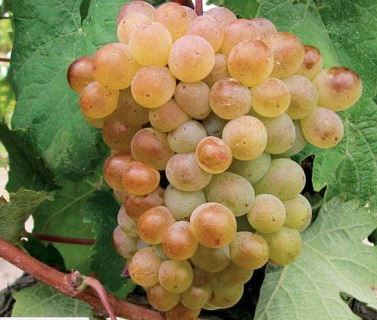



Picardan Wine Grape Flavor Character History Wine Food Pairing Tips



0 件のコメント:
コメントを投稿